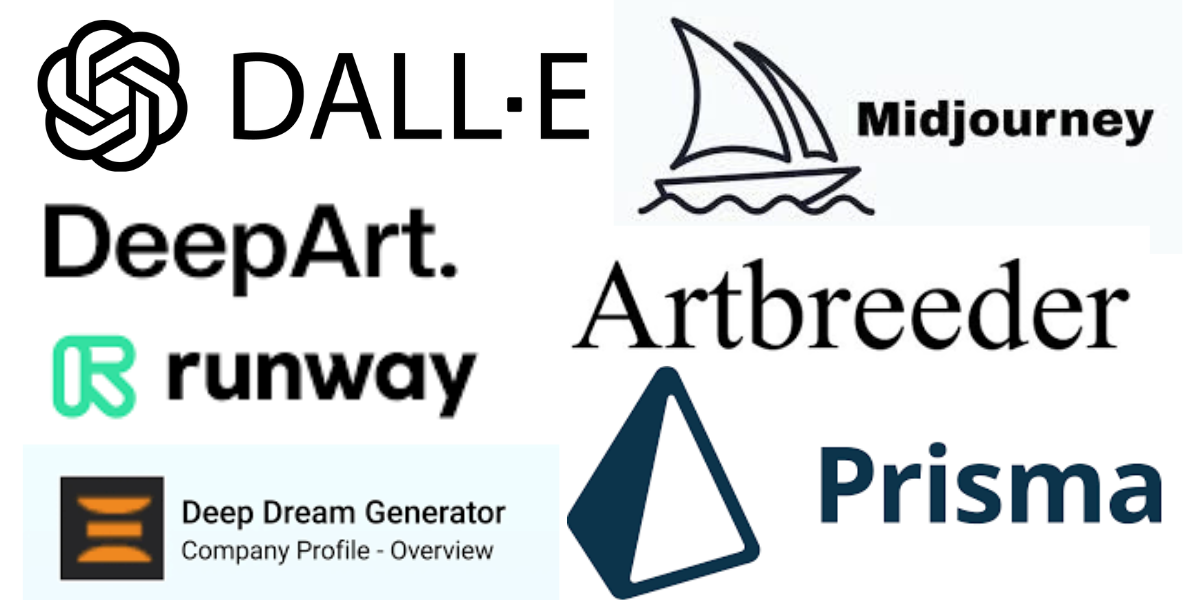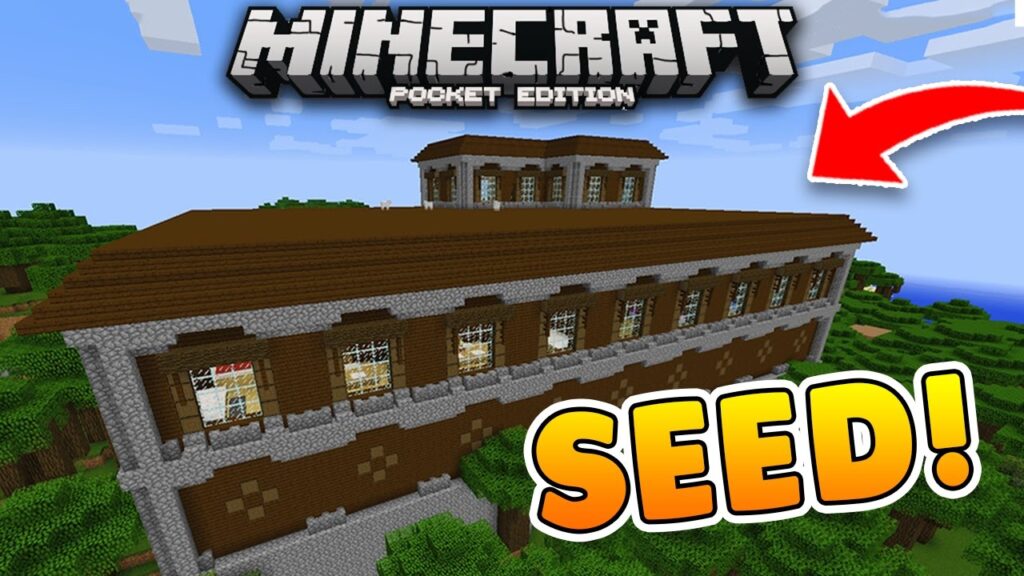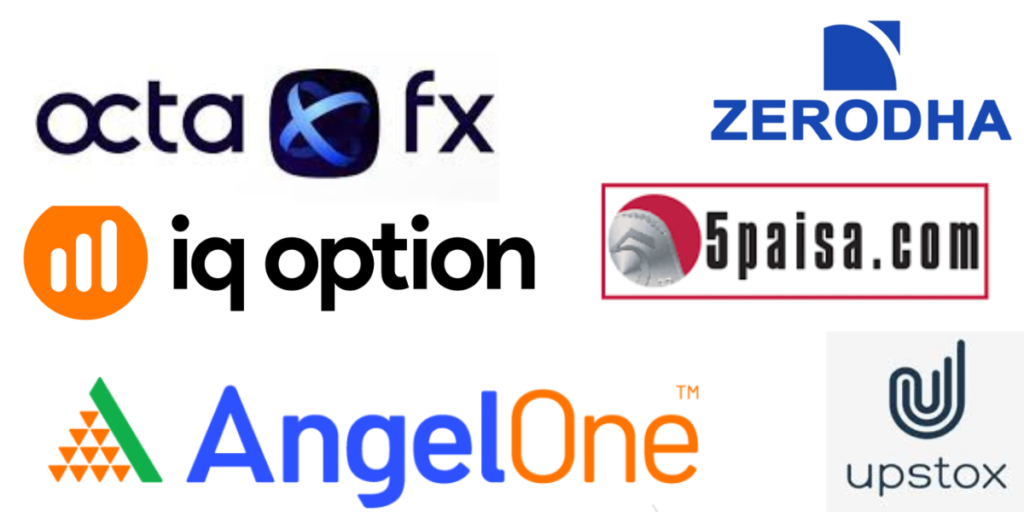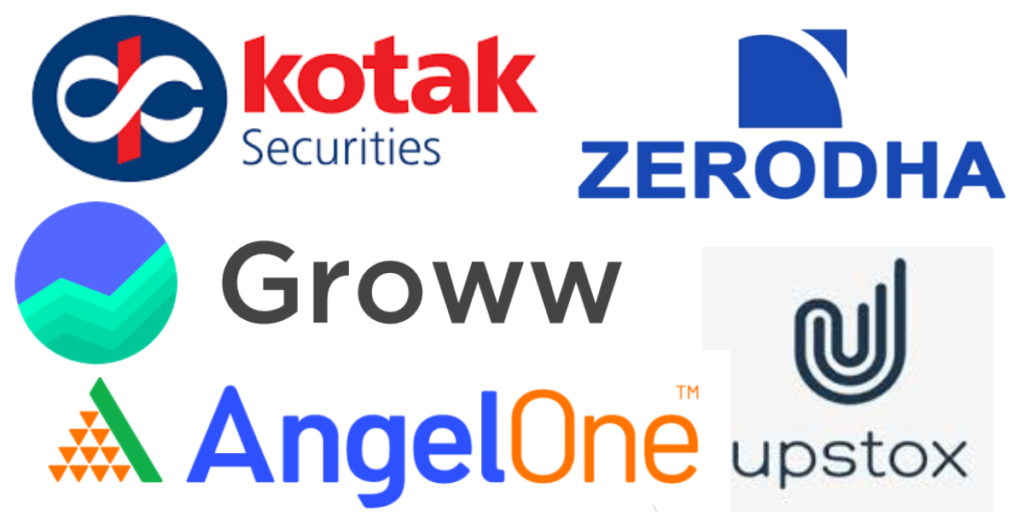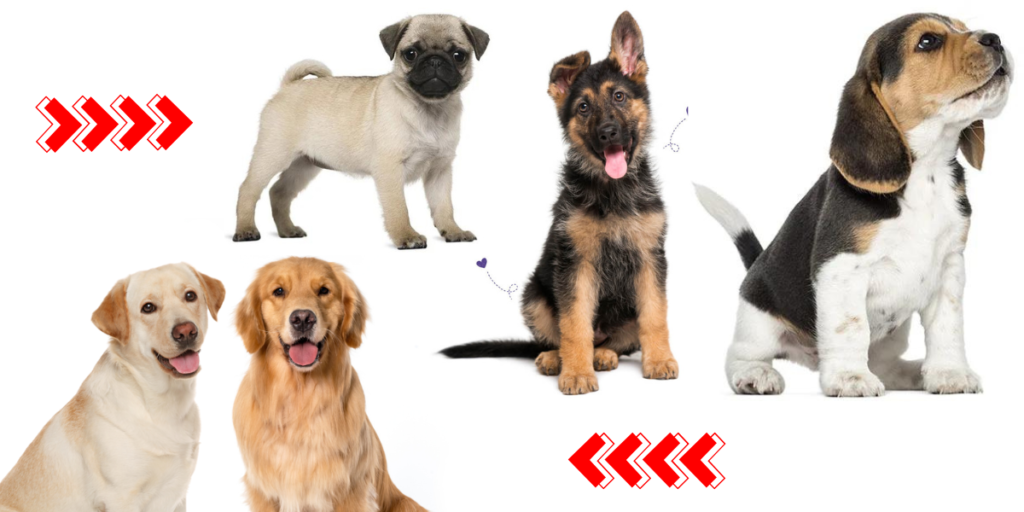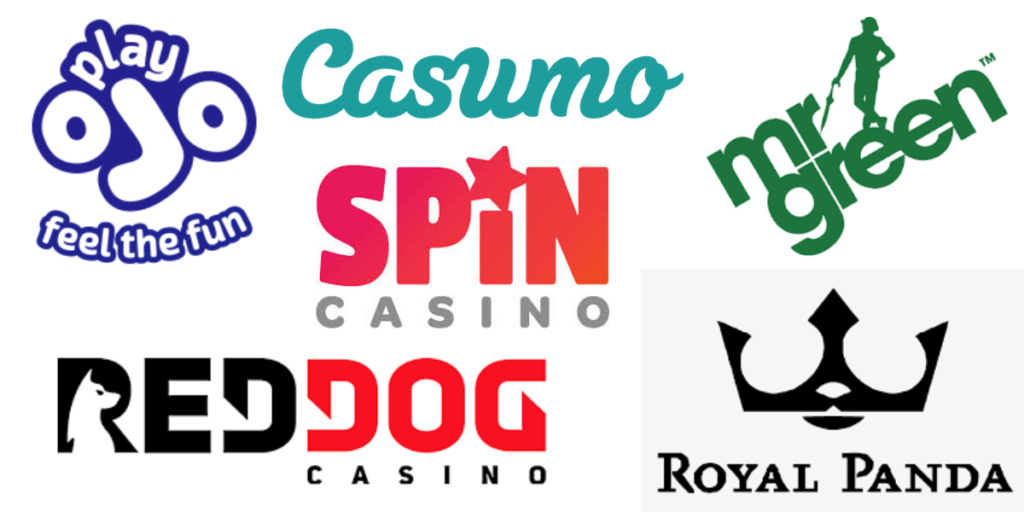Table of Contents
The realm of artificial intelligence (AI) has seen a tremendous rise in capabilities, particularly in image generation. From creating stunning artwork to enhancing photos and generating hyper-realistic images, AI tools have revolutionized the way we approach visual content creation. This article delves into the best AI tools for image generation, examining their features, advantages, and potential applications. We will also address some frequently asked questions about AI image generators.
Introduction to AI Image Generation
AI image generation involves using algorithms to create, manipulate, or enhance images. These algorithms can learn from vast datasets, allowing them to produce images that range from simple graphics to complex, photorealistic visuals. The advancements in deep learning and neural networks have played a significant role in these developments.
Top AI Tools for Image Generation
1. DALL-E 2
Overview: DALL-E 2, developed by OpenAI, is a successor to the original DALL-E model. It can generate images from textual descriptions, allowing users to create detailed and imaginative visuals from simple text prompts.
Features:
- Generates high-quality images from textual descriptions.
- Capable of producing both realistic and fantastical images.
- Can combine unrelated objects into cohesive visuals.
- Fine-tuned to understand and interpret complex text inputs.
Applications:
- Creative design and artwork.
- Marketing and advertising visuals.
- Storyboarding and concept art.
Strengths:
- High-quality, diverse image outputs.
- Strong text-to-image correlation.
- Creative flexibility.
Weaknesses:
- Requires detailed prompts for specific outputs.
- Computationally intensive.
2. MidJourney
Overview: MidJourney is an AI-powered tool designed for artists and designers. It leverages deep learning to assist in the creation of artistic visuals, offering a range of styles and customization options.
Features:
- Supports a variety of artistic styles.
- Allows for customization and fine-tuning of images.
- User-friendly interface with intuitive controls.
- Community-driven with collaborative features.
Applications:
- Digital art and illustration.
- Graphic design projects.
- Visual storytelling and content creation.
Strengths:
- Extensive style options.
- Customization capabilities.
- Collaborative community.
Weaknesses:
- May require a learning curve for beginners.
- Limited to artistic rather than photorealistic images.
3. Artbreeder
Overview: Artbreeder is a unique platform that uses AI to create and blend images. Users can mix and match different images to generate new visuals, making it a powerful tool for creative exploration.
Features:
- Image blending and mixing.
- User control over genetic parameters (e.g., age, gender).
- High-resolution image outputs.
- Community gallery for inspiration and collaboration.
Applications:
- Character design for games and animation.
- Portrait generation.
- Concept art and exploratory design.
Strengths:
- Innovative blending capabilities.
- Detailed control over image attributes.
- High-quality outputs.
Weaknesses:
- Focuses on blending existing images rather than creating from scratch.
- May require multiple iterations for desired results.
4. DeepArt.io
Overview: DeepArt.io applies deep learning techniques to transform photos into artworks inspired by famous styles and artists. It’s an excellent tool for anyone looking to add an artistic touch to their images.
Features:
- Style transfer technology.
- Supports a wide range of artistic styles.
- Easy-to-use interface.
- High-resolution image generation.
Applications:
- Photo editing and enhancement.
- Creation of artistic visuals.
- Social media content creation.
Strengths:
- High-quality style transfers.
- Wide range of artistic options.
- User-friendly.
Weaknesses:
- Limited to style transfer; does not generate new images.
- Quality depends on the original photo.
5. Runway ML
Overview: Runway ML is a versatile AI tool that offers a suite of machine learning models for various creative tasks, including image generation, video editing, and more. It’s designed to be accessible for both technical and non-technical users.
Features:
- Diverse set of pre-trained models.
- Real-time collaboration and editing.
- Supports image, video, and text-based tasks.
- Integrates with popular creative software.
Applications:
- Creative projects and media production.
- Real-time collaborative editing.
- AI-driven content creation.
Strengths:
- Wide range of models and tools.
- Collaborative features.
- Integration capabilities.
Weaknesses:
- Can be overwhelming due to the sheer number of options.
- Some features may require technical knowledge.
6. GANPaint Studio
Overview: GANPaint Studio is a tool that allows users to interactively manipulate GAN-generated images. It’s useful for artists and researchers who want to understand and control the behavior of GANs.
Features:
- Interactive editing of GAN-generated images.
- Ability to add or remove objects in images.
- Real-time manipulation and feedback.
- Educational tool for understanding GANs.
Applications:
- Research and education in AI and machine learning.
- Creative experimentation and image editing.
- Conceptual art and design.
Strengths:
- Interactive and educational.
- Fine-grained control over image content.
- Useful for understanding GAN behavior.
Weaknesses:
- Limited to GAN-generated images.
- Requires a basic understanding of GANs.
7. Pix2Pix
Overview: Pix2Pix is an AI framework that translates images from one domain to another. It can be used for various tasks, such as turning sketches into photos or generating images from edge maps.
Features:
- Image-to-image translation.
- Supports various domains and tasks.
- Customizable and extensible framework.
- High-quality image outputs.
Applications:
- Image editing and enhancement.
- Creative design projects.
- Data augmentation for machine learning.
Strengths:
- Versatile and customizable.
- High-quality translations.
- Wide range of applications.
Weaknesses:
- Requires training data for specific tasks.
- Technical setup may be required.
8. Prisma
Overview: Prisma is a mobile app that uses AI to transform photos into artworks inspired by famous artists. It’s popular for its ease of use and impressive style transfers.
Features:
- AI-driven style transfer.
- Wide range of artistic filters.
- Mobile-friendly with an intuitive interface.
- Social sharing options.
Applications:
- Photo enhancement and editing.
- Creating social media content.
- Personal and artistic projects.
Strengths:
- User-friendly and accessible.
- High-quality artistic transformations.
- Wide variety of styles.
Weaknesses:
- Limited to mobile devices.
- Focused on style transfer rather than new image creation.
9. Deep Dream Generator
Overview: Deep Dream Generator is an online tool that uses deep learning to create dream-like images. It’s based on Google’s Deep Dream algorithm and is popular for its surreal and abstract outputs.
Features:
- Dream-like image generation.
- Various styles and customization options.
- Easy-to-use online platform.
- Community gallery for inspiration.
Applications:
- Surreal and abstract art creation.
- Experimental design projects.
- Enhancing photos with unique effects.
Strengths:
- Unique and creative outputs.
- Customization capabilities.
- User-friendly online interface.
Weaknesses:
- Outputs can be unpredictable.
- Limited control over specific details.
FAQs
Which is the best AI image generator?
The “best” AI image generator depends on the specific use case. For example, DALL-E 2 is excellent for creating high-quality images from textual descriptions, while MidJourney is preferred for artistic visuals. Each tool has its strengths and is best suited for different applications.
Which AI generates the most realistic images?
For generating realistic images, DALL-E 2 and Runway ML are among the top choices. These tools leverage advanced neural networks to produce images that closely mimic real-world visuals.
Which is the best AI photo enhancer?
For photo enhancement, DeepArt.io and Prisma are highly recommended. They can transform ordinary photos into stunning artworks, applying various artistic styles and filters.
What is the best free AI text-to-image generator?
Among free tools, Deep Dream Generator and Artbreeder offer significant capabilities. While they may have some limitations compared to premium versions, they still provide powerful features for creating and enhancing images based on text prompts.
Conclusion
AI tools for image generation have opened up new possibilities in creative fields, offering unparalleled capabilities for artists, designers, and content creators. Whether you need to generate realistic images, enhance photos, or create unique artworks, there is an AI tool tailored to your needs. By understanding the features and strengths of each tool, you can choose the best one to bring your creative visions to life.
